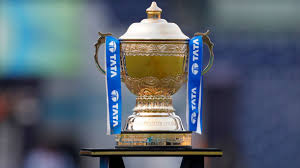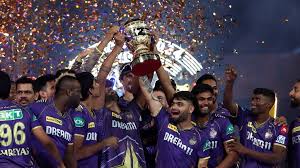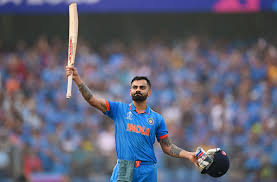
The Indian Premier League (IPL) has reached a milestone—turning 18 years old. What started as an ambitious experiment in 2008 has become a cultural and sporting powerhouse, reshaping cricket’s global landscape. The league’s journey has been a blend of sports, entertainment, and business, creating an unparalleled cricketing spectacle that continues to grow stronger each year.
IPL’s Impact on Indian Cricket and Beyond
The IPL has served as a launchpad for young talent, much like how Sachin Tendulkar captured the nation’s imagination at 18. Over the years, it has discovered and nurtured numerous cricketing superstars like Jasprit Bumrah, Hardik Pandya, and Suryakumar Yadav, propelling them onto the international stage. With a dedicated scouting network and franchise-based structure, the league has provided opportunities to players from the grassroots level.
A League That Redefined Cricket Viewership
IPL has revolutionized cricket consumption patterns in India and beyond:
- 43% of IPL viewers are women, indicating a major demographic shift in cricket viewership.
- The league has drawn in young audiences, cord-cutting traditional TV watchers and shifting them to digital platforms.
- Live-streaming, fantasy leagues, and mobile-first viewing experiences have changed how fans engage with the sport.

IPL’s Economic Boom: A Billion-Dollar Brand
The IPL is not just about cricket; it is a financial juggernaut. Key financial statistics include:
- IPL’s brand value is estimated at $3.4 billion, with a total valuation of $16.4 billion.
- Media rights for 2023-2027 were sold for $6.1 billion, making it the second-richest sporting league after the NFL.
- Teams have seen exponential growth in value, with Mumbai Indians worth $1.3 billion, surpassing even top-tier football clubs like Inter Miami FC.
IPL’s Influence on Business and Global Investments
The IPL’s commercial appeal extends beyond India, attracting investments from global entities like RedBird Capital Partners (Liverpool, AC Milan stakeholders) and Saudi Arabian giant Aramco. The league’s sponsorships span industries from tech to FMCG, reinforcing its status as a global sporting brand.
A Model for Other Sports Leagues
The success of the IPL has inspired similar league formats across sports, including Kabaddi, Football, and Hockey. Many domestic and international cricket leagues have followed IPL’s franchise model, demonstrating its lasting influence.
The Cultural and Social Significance of IPL
IPL is more than just cricket—it is a celebration that unites India, transcending regional and cultural divides. It influences popular culture, conversations, and even prime-time TV schedules. The tournament dominates the Indian summer, reshaping entertainment consumption patterns and bringing families together.

Challenges and Criticism: The Flip Side of IPL
Despite its success, IPL has faced criticism for:
- Commercialization of cricket, turning it into a product rather than a sport.
- Player workload management, with international boards expressing concerns about fatigue.
- Ethical concerns, including match-fixing scandals and governance issues. However, IPL has remained resilient, adapting and evolving with time.
The Future of IPL: What Lies Ahead?
As IPL enters adulthood, its next phase of growth will be defined by:
- Global expansion, with potential overseas franchises and new markets.
- Enhanced digital engagement, leveraging AI-driven fan experiences.
- Sustainable cricketing infrastructure, ensuring talent development and environmental consciousness.



